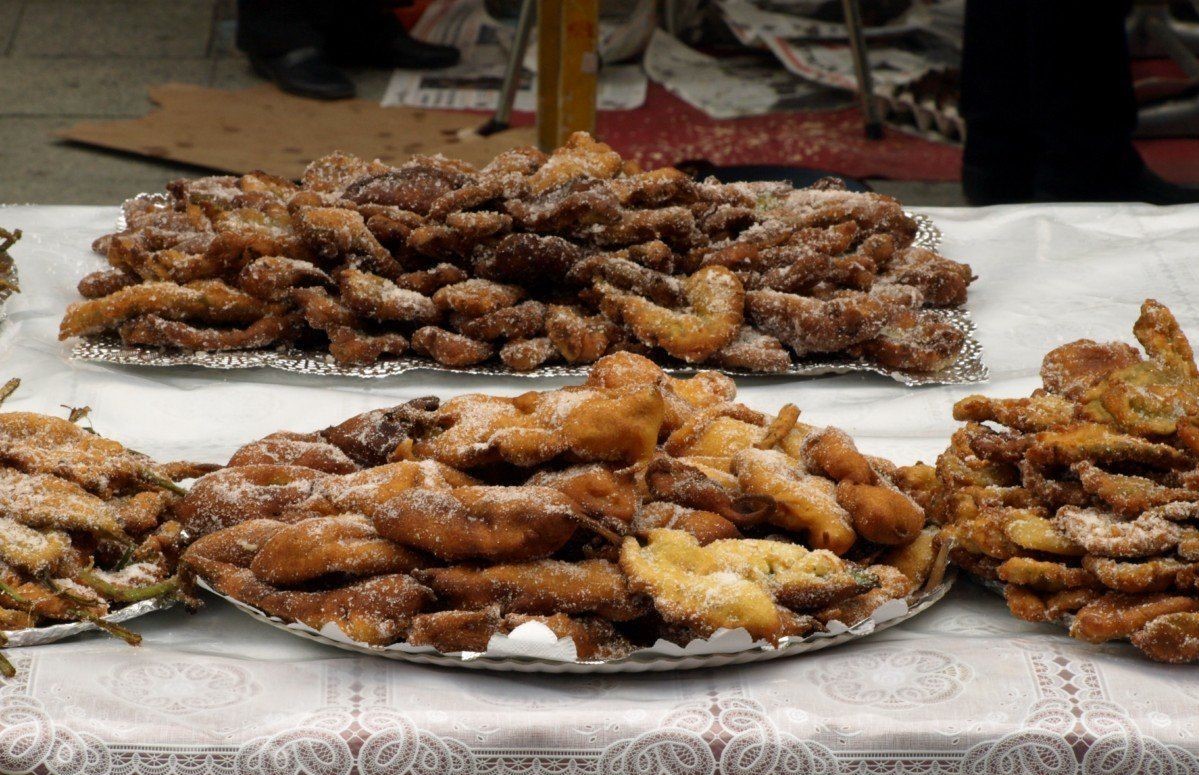MARCH
March fruits, greens and vegetables

Greens and vegetables
Chard, Chicory, Garlic, Artichoke, Celery, Cabbage or Cabbage, Borage, Broccoli, Cardoon, Onion, Endives, Escarole, Asparagus, Spinach, Fennel, Lettuce, Leek and Beet.

Fresh fruits
Lima, Lemon, Tangerine, Apple, Oranges, Pears, Pineapple and Bananas.

Tropical fruits
Avocado, Carambola, Coconut, Maracuya, Kiwano, Kiwi, Mango, Mangosteen, Papaya, Pitahaya, Rambutan and Tamarillo.
March Festivities
Gastronomiccalendar
With the arrival of Ash Wednesday, Lent begins and with it, for many years, the “prohibition” of eating meat. Although these customs have been greatly relaxed with the passage of time, this slogan was so faithfully followed for centuries that it has importantly marked the cuisine of these dates and the gastronomic customs. The imagination was sharpened in the stoves to make good and strong stews in this still low temperatures times, without using meat or derivatives thereof. This farewell day to the excesses of Don Carnal Aragués del Puerto is celebrated with crumbs and roasted or shepherd style meat. In Bailo the “Chullas” (sausages) are collected, which will then be consumed as a snack, while Botaya organizes the fried potatoes with scrambled eggs. Sabiñánigo opts for the typical crespillos that he consumes accompanied by quemadillo and Bielsa invites to cake and peach with wine in the plaza.
San José has different gastronomic customs. In Zaragoza, especially in the neighborhood bearing the name of the saint, they tend to celebrate it with big potatoes. In other locations, the saint’s chips are consumed in memory of Saint Joseph, the patron saint of carpenters. Ambel makes the typical sweets of the day, the fritters of San José, just like the city of Borja where, besides the donuts, the saint’s shavings are very typical. Calatayud also celebrates this day with the traditional chips that in the bilbilitana capital consist of pastas similar to the curly cat tongues. Fuendejalón sweetens the palate with buñuelos and cañas, pan-fried sweets that are usually eaten during these dates in practically the entire Campo de Borja region.
The canes and shavings of San José are also not lacking in Alagón.
The third Sunday of Lent, Tabuenca, town of Campo de Borja, celebrates the Sunday of the Cakes in the hermitage of San Miguel. The star of the day is the cake of the saints elaborated with scalded dough stuffed with chorizo, hard-boiled egg, loin, pork rib and longaniza en adobo. Each family in the village customarily makes their cake and seals it with their name to recognize it once in the hermitage.



